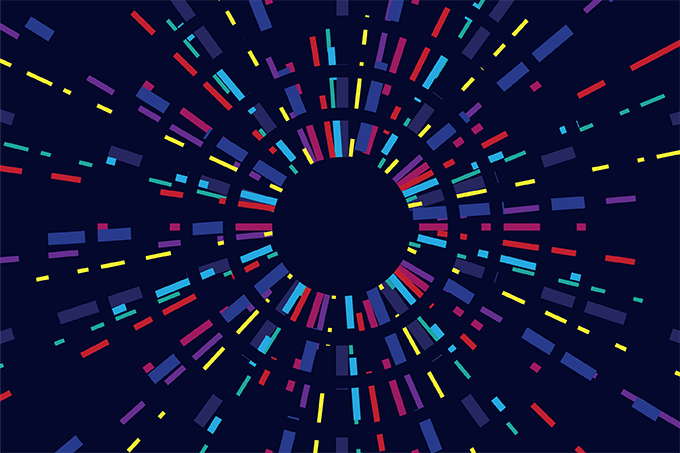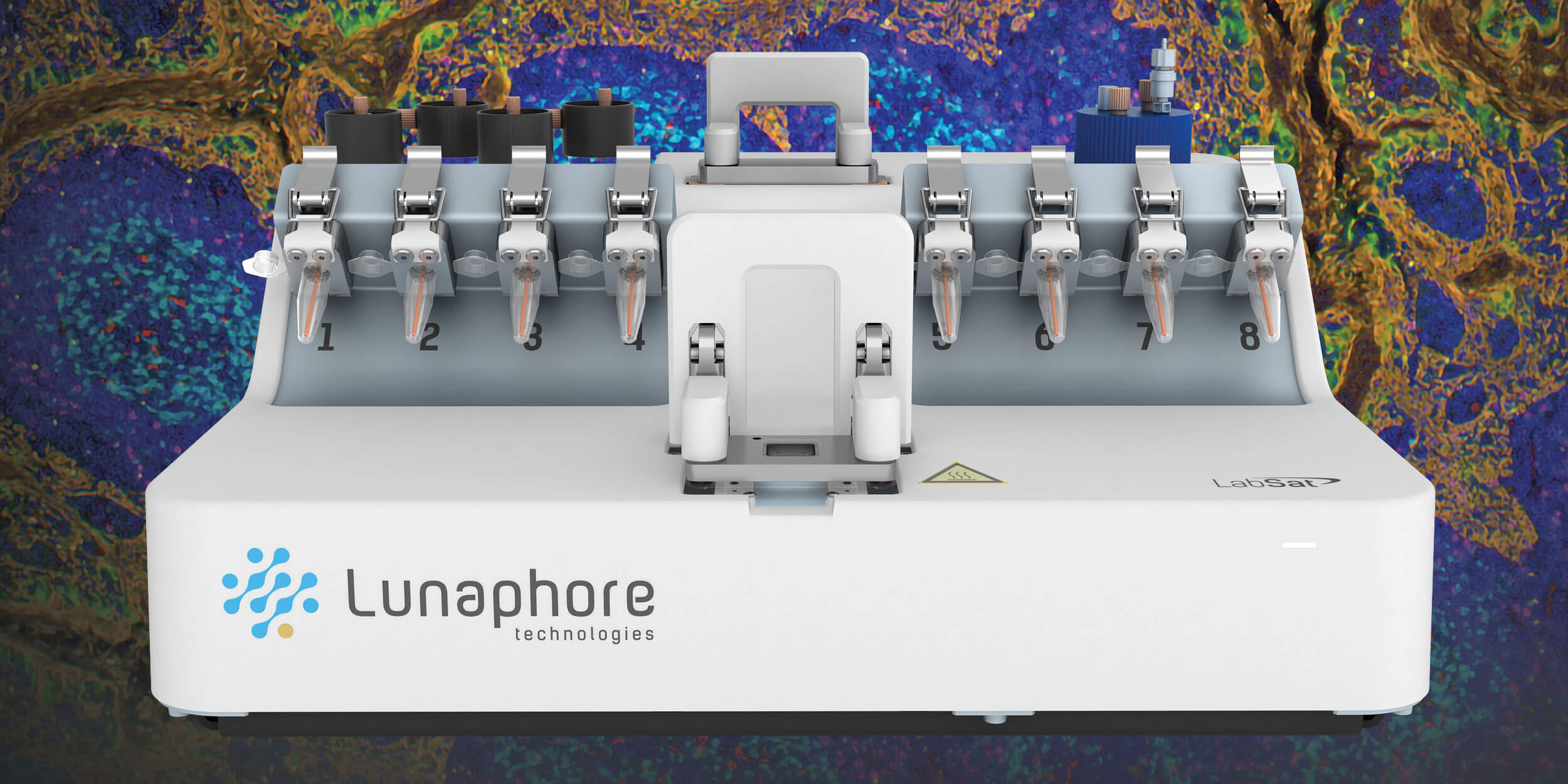
Rewriting the Cancer Code
Scientists are targeting cancer's "housekeeping" genes with biological nanomachines.
“Rise of the DNA nanomachines” doesn’t just sound like a good title for a science fiction and/or apocalyptic movie – it is slowly becoming reality, with a number of groups doing increasingly inventive things. Indeed, DNA nanomachines are fast-emerging as a research area of distinct therapeutic potential (1). For example, deoxyribozymes – manmade enzymes capable of targeting and cleaving DNA sequences – have previously been trialled as anti-cancer agents (2), with efforts primarily focused on combining them with gene-therapy based approaches. Though efficacious in their primary mode of action, many deoxyribozymes demonstrate a lack of specificity for cancer cells, resulting in off-target effects in healthy tissue.
Now, an international research team hopes to refocus efforts with more specific targeting of biomarkers associated with cancerous tissue (3). By applying a specific tag to the outside of the delivery vector, the team could ensure precise delivery of the cargo to cancerous cells. “The genes are then only cleaved in the presence of a marker sequence which is only present on the cancer cell,” explains Daria Nedorezova, one of the researchers involved in the project; “This helps us to make our approach very specific in comparison with other approaches,” she says.
However, in other ways, the team’s approach is intentionally less specific; genes targeted for cleavage are found in both healthy and cancerous cells alike. Anna Fakhardo, who is also involved in the research, believes that previous approaches have failed to reflect the genetic composition of cancerous cells. “Instead of targeting specific mutations that are only found in certain cell lines, as other groups have done, we’ve tailored our approach towards housekeeping genes.”
Seeking to test the approach, the team focused on neuroblastoma, which is responsible for 15 percent of childhood cancer deaths (3), and targeted the DAD1 gene – a negative regulator of cell apoptosis. But the outcome did not meet expectations. “We were unable to specifically suppress the cancer cells using our DNA machines,” says Nedorezova. “That’s probably a result of our decision to target DAD1. We did see some level of activity, which suggests that our approach could be more influential in the future. Now, we want to try and find another housekeeping gene that we can cleave.”

Despite the disappointment of their first attempt, the researchers are optimistic that they will be able to refine the technique. But there is another challenge: intracellular delivery. “We didn’t solve this problem in our research – but that’s a problem ubiquitous to gene silencing therapies,” says Nedorezova. “Now we’re investigating different ways to deliver our DNA constructions into neuroblastoma cells – for example, using nanoparticles.”
With a bumpy translational road ahead, Nedorezova still believes the technology will eventually have a significant impact on cancer treatment: “The ability to swap in a target sequence of choice would be extremely beneficial in the future. It would make it possible to apply the DNA nanomachines in treating any kind of cancer by using new DNA oncomarkers that activate the breakdown of targeted molecules.”
- M Endo & H Sugiyama. “DNA Origami Nanomachines,” Molecules, 23, 7-13 (2018) PMID: 30022011.
- S Fu & LQ Sun., “DNAzyme-based therapeutics for cancer treatment,” Future Med Chem, 13, 1701-1707 (2015). PMID: 26381244.
- D M Kolpashchikov et al., “Towards DNA Nanomachines for Cancer Treatment: Achieving Selective and Efficient Cleavage of Folded RNA,” Angew Chem Int Ed Engl, [Epub ahead of print] (2019) PMID: 30693619.
- N C Colon and D H Chung, “Neuroblastoma,” Adv Pediatr, 58, 1, 297-311. (2013) PMID: 21736987.
















